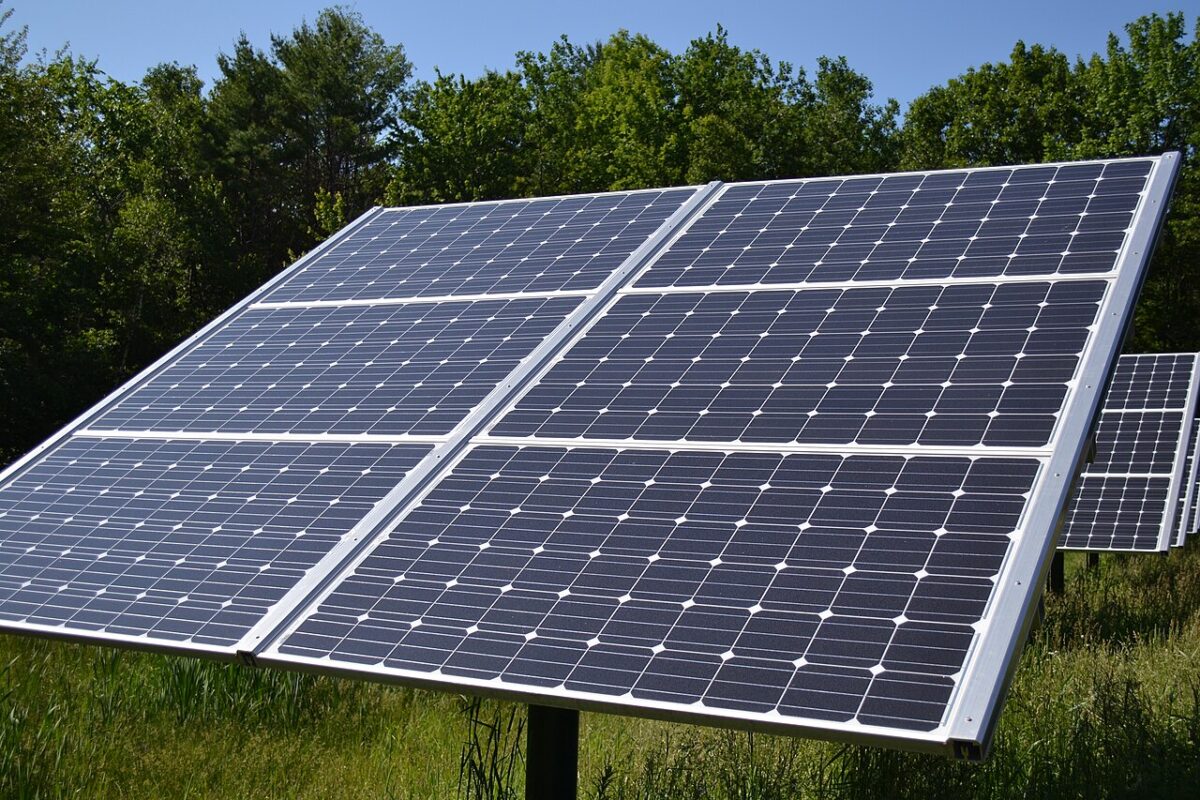A new AfDB report has called for clear policy and regulatory frameworks to be established to help attract private investment and support the development of distributed renewable energy (DRE) minigrids across Africa.
The report, “Accelerating Private Sector Investments in Green Mini-Grids: Key Takeaways from the ARE Energy Access Investment Forum 2023,” shares lessons learned from the forum, which was held in Abidjan, Côte d’Ivoire, in March 2023.
DRE solutions, such as green minigrids, are considered a sustainable, cost-competitive solution to expedite electricity to people in Africa who currently lack access.
The report said that widespread deployment faces key challenges such as financing, growing demand, policy development, skills enhancement, and technological deployment. It calls for active participation from investors, international funding partners, government and the DRE industry to support distribution.
Among the main calls in the report is to establish clear policy and regulatory frameworks. The report said that private investors often view the lack of enforceable and bankable contracts, regulations and robust governance procedures in Africa as significant risk factors.
It said future frameworks should define the private sector’s role in government electrification and energy transition plans and include well-defined tariff strategies. These efforts should be supported by suitable subsidy mechanisms to encourage private sector participation.
It is estimated that 380 million people in Sub-Saharan Africa could benefit from green minigrids by 2030, if another 160,000 can be installed by the end of the decade. The goal would require a $91 billion investment, compared to the $7 billion already invested in the technology across Africa.
“Moving forward, the continued engagement of all stakeholders, from private investors to international partners and local communities, will be pivotal in realizing the full potential of DRE minigrids,” said the report.
Elsewhere in the report, there are calls to strengthen domestic workforces through technical training programs to support minigrid roll-outs. It said that technological developments in AI advanced demand and GIS mapping, remote monitoring, new control software and systems, data-driven platforms, and energy storage and hydrogen solutions could all help to drive the cost of green mini-grids down.
The Democratic Republic of Congo, Madagascar, Mozambique and Nigeria are listed as key market opportunities for growth of green minigrids in sub-Saharan Africa. However, within the last year, minigrid projects have been announced in multiple African countries, including Benin, Ethiopia, Ghana, Senegal and Zambia.
This content is protected by copyright and may not be reused. If you want to cooperate with us and would like to reuse some of our content, please contact: editors@pv-magazine.com.








By submitting this form you agree to pv magazine using your data for the purposes of publishing your comment.
Your personal data will only be disclosed or otherwise transmitted to third parties for the purposes of spam filtering or if this is necessary for technical maintenance of the website. Any other transfer to third parties will not take place unless this is justified on the basis of applicable data protection regulations or if pv magazine is legally obliged to do so.
You may revoke this consent at any time with effect for the future, in which case your personal data will be deleted immediately. Otherwise, your data will be deleted if pv magazine has processed your request or the purpose of data storage is fulfilled.
Further information on data privacy can be found in our Data Protection Policy.